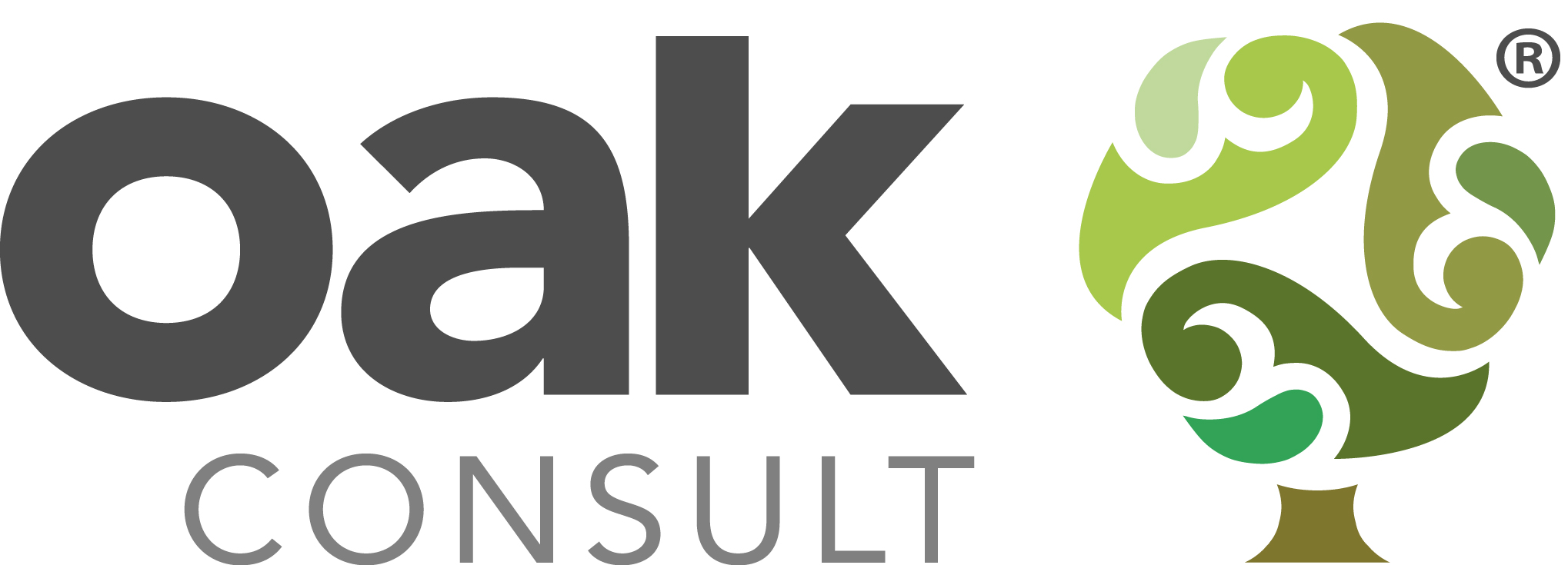Part 3
In Part 2 in this series of 3 posts on understanding your customers, I covered the ‘Do’s’ of understanding. In Part 3 I’d like to cover some of the main ‘Don’ts’!
Don’t Take Customer Research at face value
The value of any research findings depends critically on the accuracy of the data collected. Data quality can be compromised in a number of ways, e.g., leading questions, unrepresentative samples, biased interviewers, dominant participants in groups and so on. Efforts to ensure that data is accurate, samples are representative and interviewers are objective will all add to the costs of the research but such costs are necessary if poor decisions and expensive mistakes are to be avoided.
Having led many large product launches over my career I can tell you that it is worth investing your time in attending research sessions in person, listening to recordings of interviews and reading any qualitative answers in full. You can cut through the noise, see what’s working and what’s not, intervene and change tack and save countless hours unpicking poorly summarised data or key ‘take outs’ that the research company think you might want to hear. NOTHING can give you more insight than listening to what your customers and prospects have to say first hand.
Don’t ignore feedback from your employees
Listening to what your employees tell you about customers can often be gold dust. By setting up regular sessions with your sales teams, engineers, customer service advisors or anyone else that regularly interacts with customers, you can quickly get feedback as to what customers are saying about your business – the good, the bad and the ugly. There are also a number of online business social tools available for employees to feedback comments and issues to the wider organisations in real-time, many of them completely free – Yammer and Chatter (as part of SalesForce.com) to name two. Building this feedback loop into the way your organisation uses customer insight can really improve the reach and timeliness of feedback.
Don’t get paralysis through analysis – Act on your findings!
A huge amount of time and money can be spent carrying out and analysing customer feedback, but great insight can be gleaned from it. All of this activity and endless discussion and PowerPoint presentations though is almost worthless unless you ACT upon what your customers and people are telling you.
Every business can improve. Whether your customers are demanding new or improved products / services, improved bills, better customer service, I could go on, you as a business need to decide on what your priority activities need to be based on your research, put governance and plans in place and then ACT.
Don’t be complacent
Never in the history of business has there been as much competition, as much choice, as many channels to buy products and services and never has the voice of the customer been so powerful. In today’s world of globalisation, e-commerce and social media, customers no longer follow the buying and decision-making behaviours of 20 years ago.
Many businesses have been complacent in the last decade and many are no longer with us unfortunately. In the case of many, they failed to listen to their customers, failed to act on what they were hearing and seeing, failed to horizon scan their markets and ultimately failed to act quickly enough to turn their businesses around.
Accenture in a 2012 global survey highlighted 10 dimensions of buyer behaviour that have changed over recent years.
Connected consumers are always on. For example, a large majority of those surveyed check e-mail before going to bed at night.
Co-productive consumers are now a factor in the means of production. For example, they more frequently provide direct feedback to companies and help design products.
Social consumers interact with companies, institutions and each another through the Internet. For example, more than half report they increasingly use social media to interact with family members.
Individual consumers spend to express their particular personality and uniqueness: they want tailored offerings that will bring out who they really are.
Resourceful consumers work hard and spend thriftily to get ahead. They turn to new online platforms to buy used products, sell directly to other consumers, or participate in online auctions.
Disconnected consumers like to distance themselves from the constant presence of the digital world and are willing to spend to do so. They want products and services that help them leave the stresses of the world behind, ranging from scented candles to cruise vacations.
Experiential consumers want more than the digital world can offer. They seek the enjoyment of new and different experiences, from traveling to new places to attending live events.
Minimalist consumers purchase second-hand or reuse products. For example, they may prefer car-sharing services to outright possession, and tend to value access over ownership.
Conscientious consumers more frequently buy local, more often make what they need, and consider the environmental impact when deciding what to purchase. Also, they give away what they no longer need.
Communal consumers devote extensive time and money to causes with social impact—and they appreciate businesses that do the same.
These descriptions certainly resonated with me. Where do your customers sit within these dimensions? Are you changing your business by listening to them?
I hope you enjoyed part 3 and the whole series of ‘Wake up and understand your customers’ (Click to see Part 1, Part 2). we’d love to hear your feedback and your experiences in understanding your customers. Until next time.
